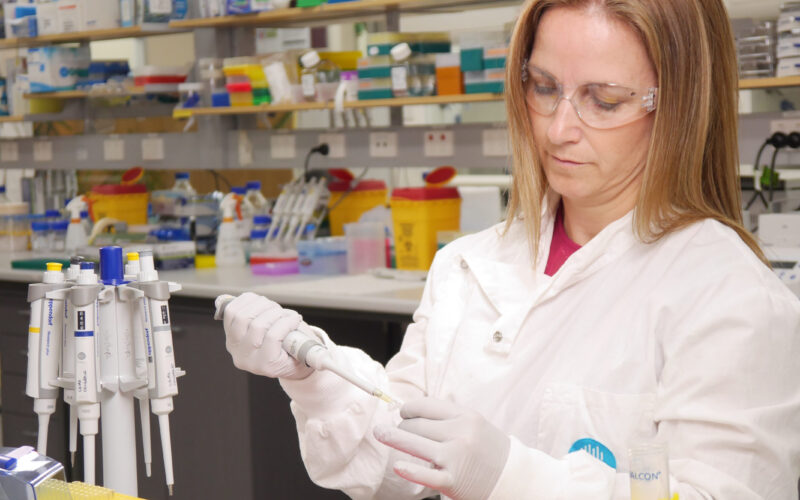With the global population destined to touch 10 billion by 2050, traditional protein production systems are not capable of meeting that population’s needs – but emerging options can create some new opportunities for traditional protein producers.
Professor Michelle Colgrave, lead researcher for CSIRO Australia’s future proteins team, is one of several global leaders addressing this year’s inaugural Agri-food-tech 2035 Oceania Summit, held in Auckland October 10-11.
“As we look to the future meat is becoming more of a premium product, and one challenge is to determine how do we create more value from the animal resources we have,” Colgrave said.
“That could be something like a meat-extracted protein powder that is added to non-meat meals. It can become a profitability driver for producers, enabling that extra profit to provide more resources for putting back into the land.”
Researchers are also looking harder at existing but underutilised plant species for their protein potential, given most of human nutrition currently comes from only five animals and 12 plant species.
“It is a case of finding out what else is out there to provide nutrition, including those used in regenerative farming.
“There are examples of underutilised crops that have not been properly studied using modern techniques to better understand what they could offer, either as nutrition or in extracts.”
Colgrave’s expertise includes proteomics, the technique of identifying key protein groups contained within organic material, usually using mass spectrometry.
“Combining those technical platforms can be applied to things including algae. There is a whole range out there that could deliver more than just methane reduction.”
This can include adopting some of the species common in other cultures, such as the seaweeds consumed by Japanese people.
She sees farm systems in the near future that may combine a variety of protein-producing platforms, possibly an inland fish-farming operation also producing algae for protein running alongside a conventional drystock farm, for example.
“And we may find these other protein sources as production platforms are more tolerant to climate change than the conventional farm system.”
She ruled out any binary arguments about alt-proteins replacing red meat, such is the anticipated growth in demand for protein.
“It is an ‘and’ story, not an ‘or’ story.”
She can even see a place for hybrid products that contain both conventional protein and alternative protein in their ingredients.
She pointed to likely amalgamations of conventional milk processors and synthesised milk startups as evidence of acceptance and opportunity being recognised by conventional protein processors.
“The potential is there to continue to produce dairy out of a processing plant, but you also have the infrastructure there to utilise as an alternative revenue stream as well from synthesised dairy products.”










